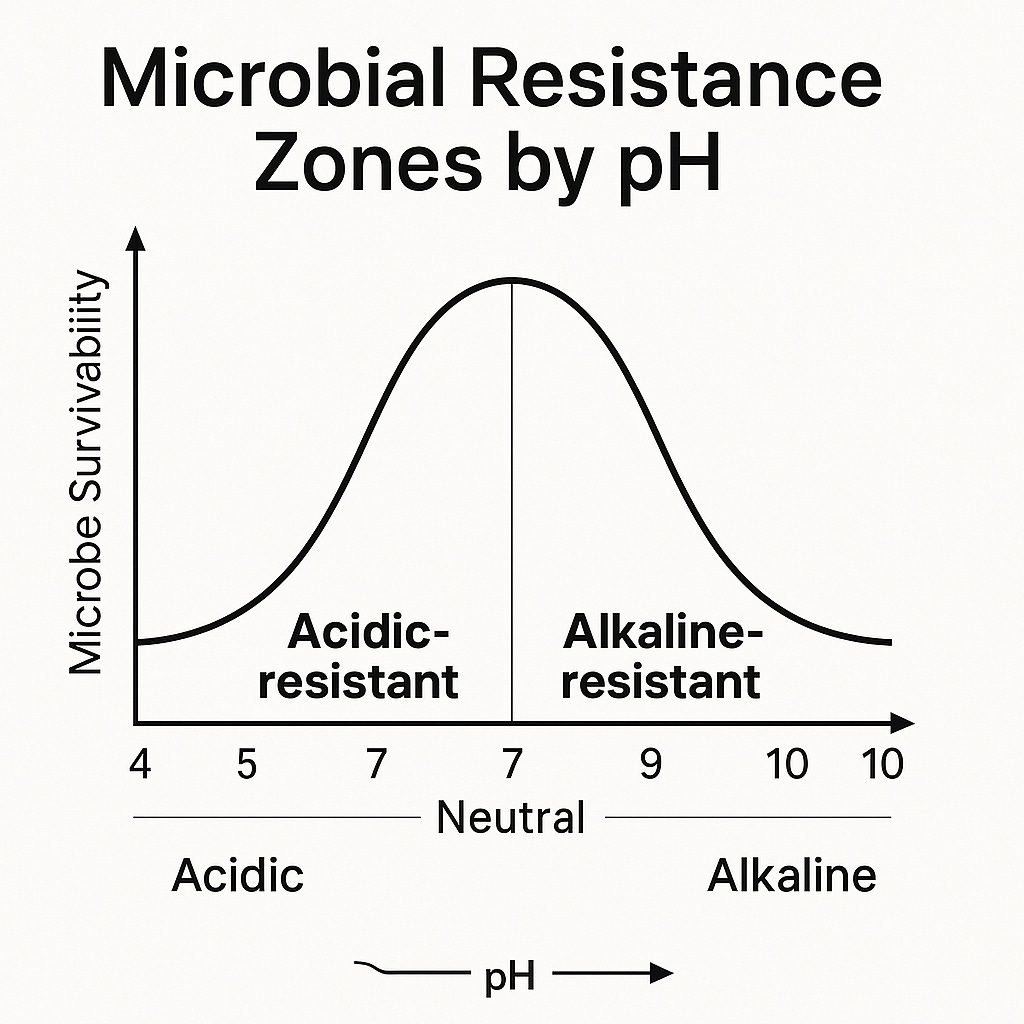How and Why to Clean Your Media (Yes, Even Living Soil)
Microbe Management & Substrate Sterilization
One of the most common mistakes we see in cultivation at scale is leaving the substrate alone in the name of microbial health.
Growers are often afraid to treat the soil and impact the ecosystem that has evolved from cycle to cycle, or they're afraid it'll wipe out the beneficials they've spent money on applying.
The truth is most of these soil grows are probably fighting more bad microbes than they are benefitting from good microbes.
The longer substrate goes untreated, the higher the chance that all biology (good, bad, or otherwise) establishes itself. All too often, that includes pathogens like fusarium, xanthomonas, or verticillium, that don't show up in veg and and you won’t know until it’s too late to fix.
Proper microbe management means cleaning while you cook.
It's not about nuking your soil. It's about giving your beneficials the best chance of impacting your efforts.
Sterilization Isn’t a Dirty Word
It's true, most soil treatment products are non-discriminatory (they kill the good with the bad).
So, in effect, treatments are like resetting the system at that point. Unfortunately, some of the good guys are going to go with them. But here's the thing: Biological inoculants work better in clean environments.
When we reset a substrate before reinoculating, we give those beneficials a clean surface to colonize. That means less competition, faster establishment, and higher efficacy. Think of it like painting a wall: If the surface is already greasy, bumpy, and cracked, your expensive paint job won’t stick — and won’t last.
But microbe management isn't a one-and-done scenario; it requires routine and rotation.
Treatment Rotation Prevents "Resistant" Microbes (Using pH to Your Advantage)
Just like nutrients are absorbed best at specific pH ranges, microbes also thrive, or resist, based on pH.
But using one product or one method to treat your substrate means you're missing out on microbes that exist in different pH ranges than your single treatment.
Some microbes resist acids.
Some resist bases.
If you only treat one pH range, the survivors become your dominant population, aka "the resistance". If you’re only using an acid-based drench like Zerotol, you are likely leaving entire classes of microbes untouched. We often mistake this for microbes "building resistance," when the reality is that you just aren't using the right tool to target them.
Like microbe biology, the more diverse your approach to micromanagement, the more success you're going to have.
If you use a microbe inoculant that's one strain, you might see some benefits. But if we use a more diverse option, we'll see better results.
The Brewery Analogy: Acid and Caustic
Ask any master brewer how they keep tanks clean and you’ll hear the same thing:
“We rotate acid and caustic washes to achieve full-spectrum sterility.”
They’ll use an acid like Star San (similar to PAA or Zerotol 2.0). Then, they'll follow up with a caustic like Powdered Brewery Wash (similar to PerCarb or Green Clean Pro). Why? Because one bad microbe ruins the whole brew. Sound familiar?
Sterility isn’t overkill — it’s a standard operating procedure in any system where biology and quality matter. Your substrate deserves the same respect.
Living Soil vs. Practical Soil
Now here’s where things get controversial: Does microbial age matter?
Said differently: Are older microbes that have evolved in an untouched container going to outperform newly inoculated beneficials?
Short answer: No.
Some growers swear by no-till, no-touch, let-nature-do-its-thing approaches. And in theory, that’s beautiful. But it's out of reach for most people. Unless you’re a soil biologist, managing the variance of organic soil nutrients as well as the microbial balance in living systems is a full-time job that 80% of growers aren’t doing right. Red wrigglers and aeration can help. But they don’t undo compaction, unbalanced nutrient zones, or years of microbe buildup.
Most no-till beds are just neglected beds.
We’re not saying living soil doesn’t work. We’re saying routine cleaning and reinoculation often outperforms no-till approaches in commercial settings when yield and predictability matter. New beneficials have a clean slate to thrive without competing with old colonies (good and bad).
Microbe Management Applies to All Media, Even Rockwool.
We’ve talked a lot about soil, but this isn’t just a dirt grower issue.
Even “inert” media like coco or rockwool can host microbial life, and that includes pathogens. Rockwool is especially notorious for fusarium and algae issues if left untreated. If you’re not cleaning during and between cycles, you’re playing with fire.
It only takes one hidden spore to compromise your next run.
The Clean Growers' Simple 3-Step Microbial Management SOP
Here’s a field-tested substrate treatment rotation to reduce resistance, clear out pathogens, and give your inoculants the best chance to thrive:
Keep reading with a 7-day free trial
Subscribe to Clean Growers to keep reading this post and get 7 days of free access to the full post archives.







